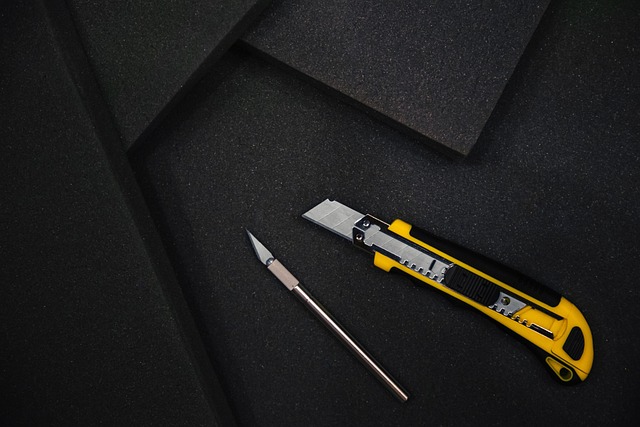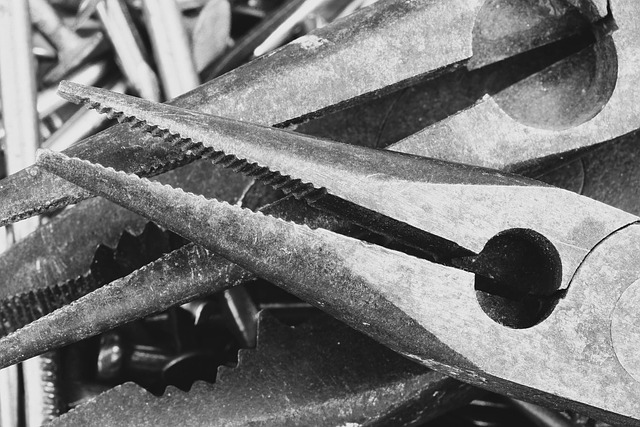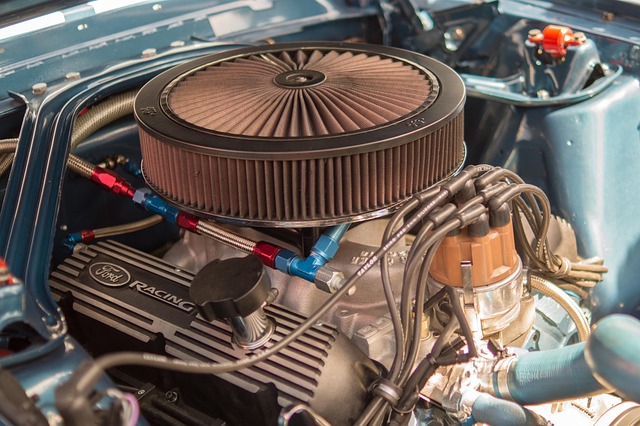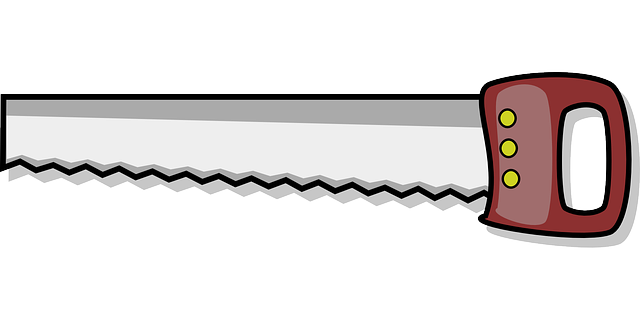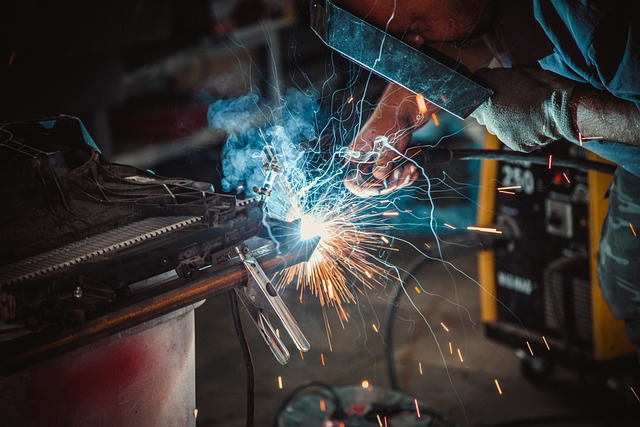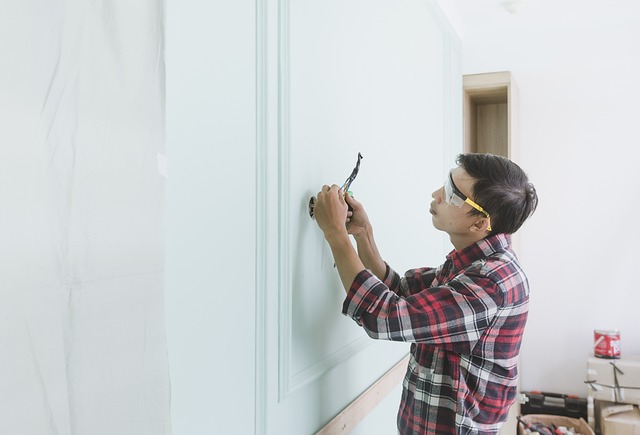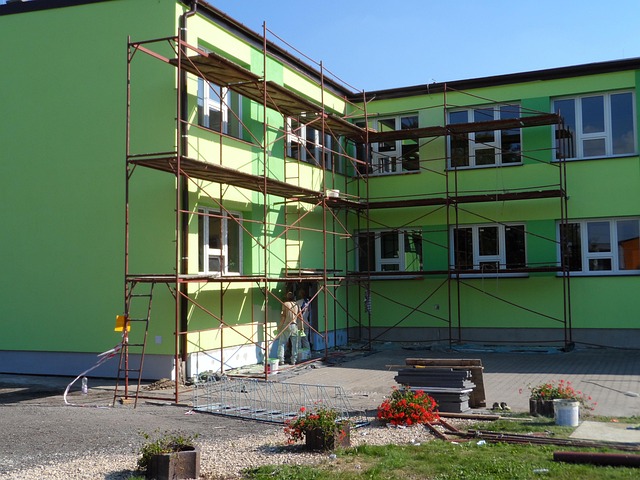Windows are vital for home comfort and security but may degrade over time, leading to energy inefficiency and safety risks. Homeowners should recognize signs of wear and tear and consider efficient window replacement as part of regular home repair and maintenance. The process involves meticulous planning, precise measurements, selection of suitable materials (e.g., vinyl, wood, aluminium), careful installation with airtight sealing, and secure hardware fitting. Regular maintenance, including cleaning, inspections, prompt issue addressing, lubrication, and use of protective covers or treatments, is crucial to prolong the lifespan of new windows, enhancing energy efficiency and home security.
Considering window replacement? This comprehensive guide is your home repair and maintenance companion. We explore the ins and outs of upgrading your windows, from understanding why and when to replace them, to a detailed step-by-step installation process. Learn expert tips for maintaining your new windows and ensuring their longevity. Maximize energy efficiency, enhance curb appeal, and create a more comfortable home with this essential resource.
- Understanding Window Replacement: Why and When to Replace Your Windows
- The Process of Window Installation: A Step-by-Step Guide
- Tips for Maintaining Your New Windows and Ensuring Longevity
Understanding Window Replacement: Why and When to Replace Your Windows
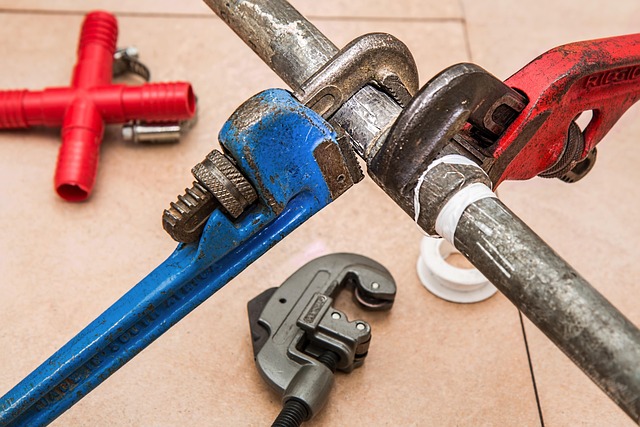
Windows are an integral part of your home, serving as more than just entry points; they are windows to the world, allowing natural light to brighten your space and offering breathtaking views. However, over time, even the highest-quality windows can degrade, leading to a host of issues that impact both comfort and energy efficiency. Understanding when to replace your windows is crucial in the realm of home repair and maintenance.
Signs that indicate window replacement are varied. For one, aging windows may show noticeable wear and tear, such as rot or warping frames, cracked glass, or stiff operation. Inadequate insulation can also lead to drafts and temperature variations within your home, resulting in higher heating and cooling costs. Additionally, if your windows fail to lock securely, they could be at risk of break-ins, compromising your home’s safety. Recognizing these issues is the first step toward enhancing your living environment through efficient window replacement and installation—a game-changer for any homeowner focused on maintaining their space.
The Process of Window Installation: A Step-by-Step Guide

Window installation is a meticulous process that requires careful planning and execution. Here’s a simplified, step-by-step guide for your home repair and maintenance project:
1. Measure and Prepare: Start by accurately measuring the opening where the new window will be installed. Ensure all measurements are precise to fit the perfect window. Remove any existing window frames or debris from the opening, cleaning the area thoroughly.
2. Choose the Right Window: Select a window that matches your desired style, size, and energy efficiency needs. Modern windows come in various materials like vinyl, wood, or aluminium, each with unique benefits for your home’s aesthetic and insulation.
3. Install the Rough Opening: Create a rough opening by fitting a temporary frame or support structure to hold the new window in place. This ensures the window is level and properly aligned before final installation. Use shims if needed to adjust any imperfections.
4. Fit the Window: Carefully position the new window into the rough opening, ensuring it sits flush against the framing material. Sealant can be applied around the window’s perimeter to create an airtight seal, maintaining energy efficiency.
5. Secure and Adjust: Secure the window firmly in place using appropriate hardware. Check for any gaps or misalignments, making adjustments as needed. Ensure all hinges and locks function correctly, providing both security and ease of operation.
Tips for Maintaining Your New Windows and Ensuring Longevity

To ensure your new windows last for years to come, regular maintenance is key. Start by keeping them clean – both inside and out – using mild soap and warm water. Avoid harsh chemicals that could damage the window or its frame. Regularly inspect for any signs of wear or damage, such as cracks or warping, and address these issues promptly.
Lubricate hinges and other moving parts with a silicone-based lubricant to keep them functioning smoothly. Keep an eye on weather sealing, replacing any damaged caulk to prevent drafts and moisture intrusion. Lastly, consider using window covers or treatments to protect against extreme temperatures and UV rays, which can fade or weaken the windows over time. These simple steps will contribute to the overall home repair and maintenance, extending the life of your new windows.
When it comes to home repair and maintenance, window replacement is a significant investment that can dramatically improve energy efficiency, reduce noise pollution, and enhance curb appeal. By understanding the reasons to replace your windows and following the step-by-step installation guide provided, you’ll not only ensure a seamless process but also reap the benefits of modern, well-maintained windows. Regular upkeep will further extend their lifespan, making your home more comfortable and valuable.








